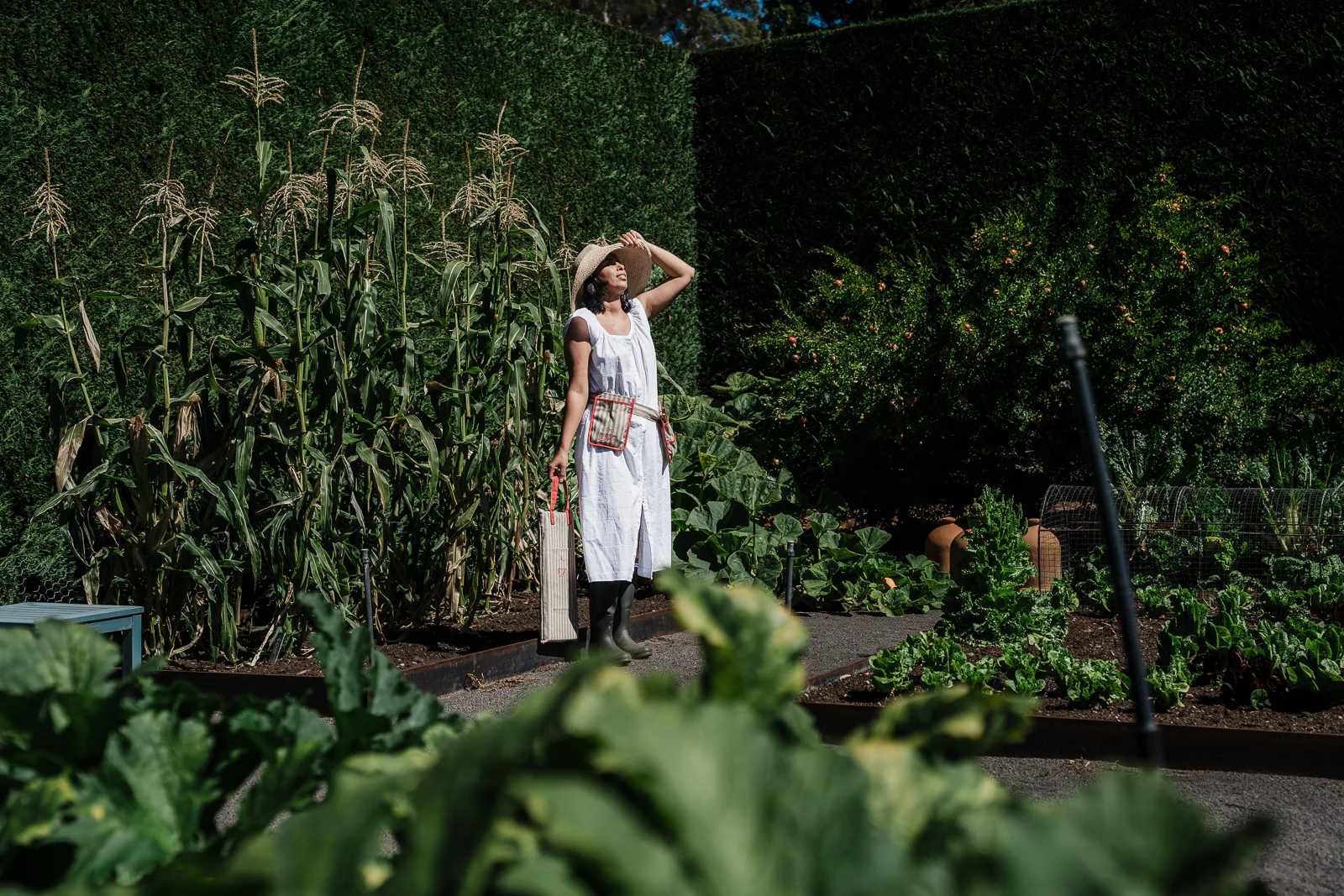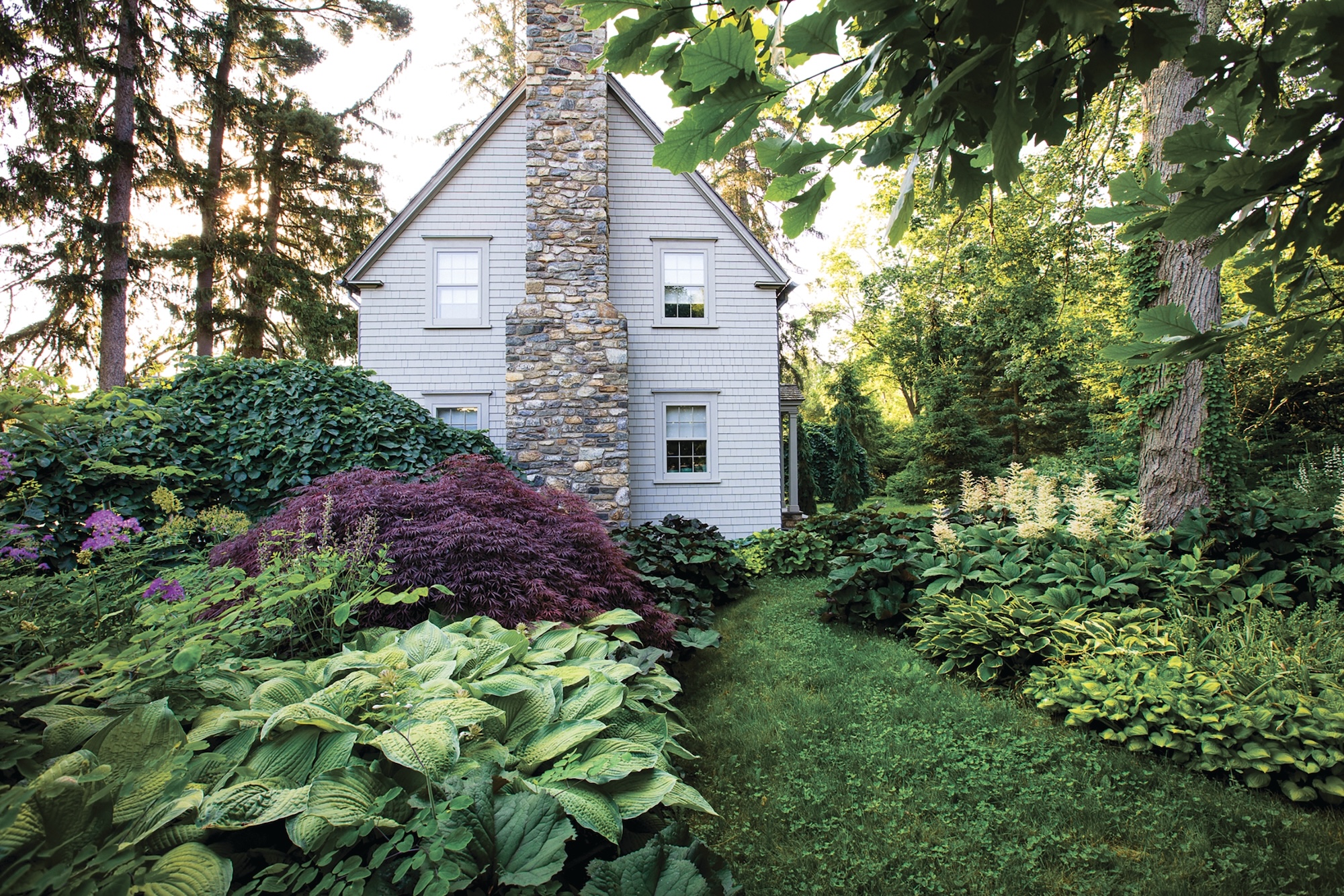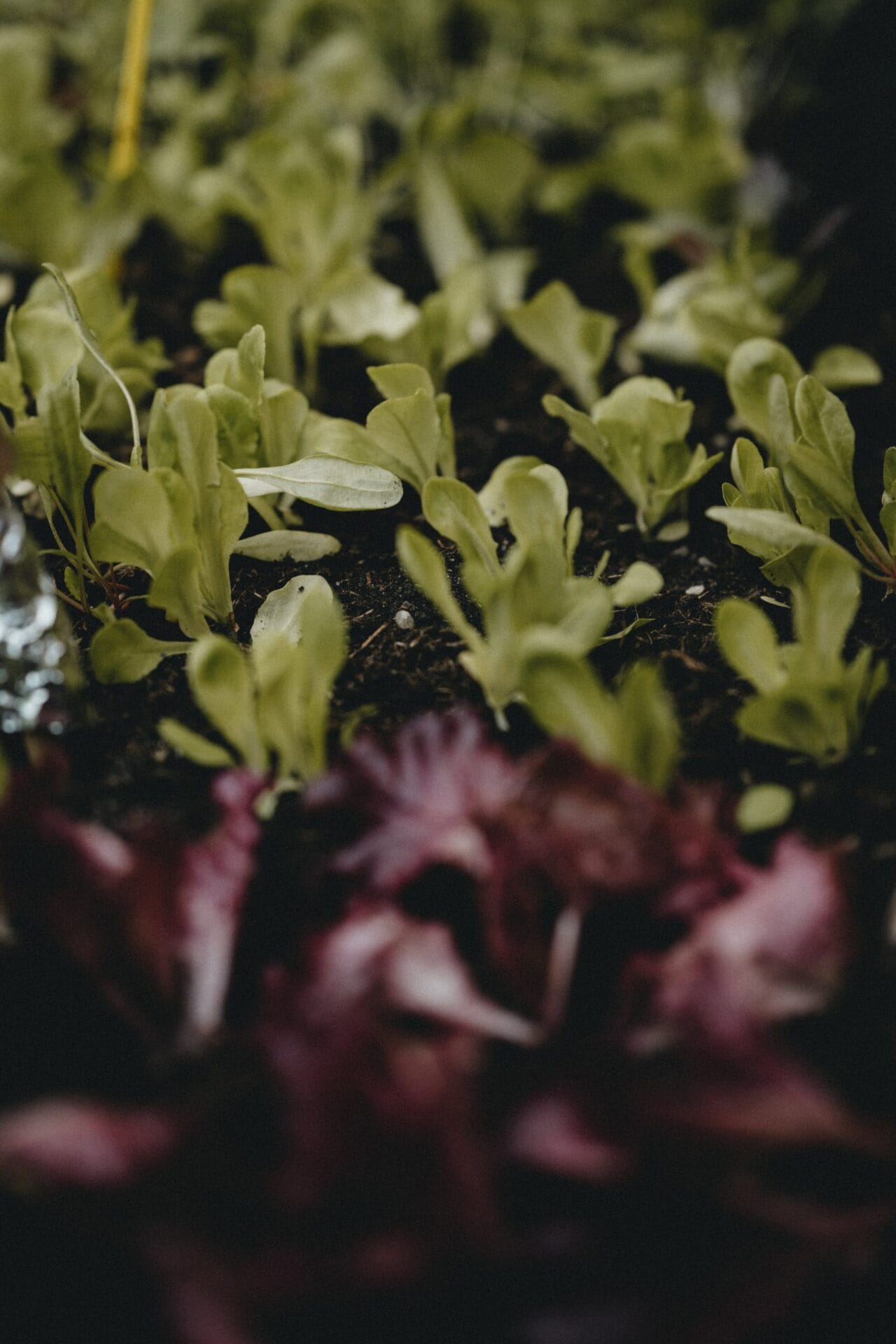The Picky Gardener
Quick tips for mulching fruit trees, growing strawberries from runners, supporting pollinators, pruning feijoas & checking over fruit trees.
Written in partnership with Picky.
Sage Journal is teaming up with Picky to bring you a series of fruit tree and edible gardening tips — for anyone who cares (a little or a lot) about what they grow and how they grow it.
We’ll be talking fruit trees, berries, herbs and leafy things. Just solid, seasonal advice — backed by a team that’s (very) picky about the details.
Follow along on social media for weekly advice and juicy tips: #ThePickyGardenerNZ
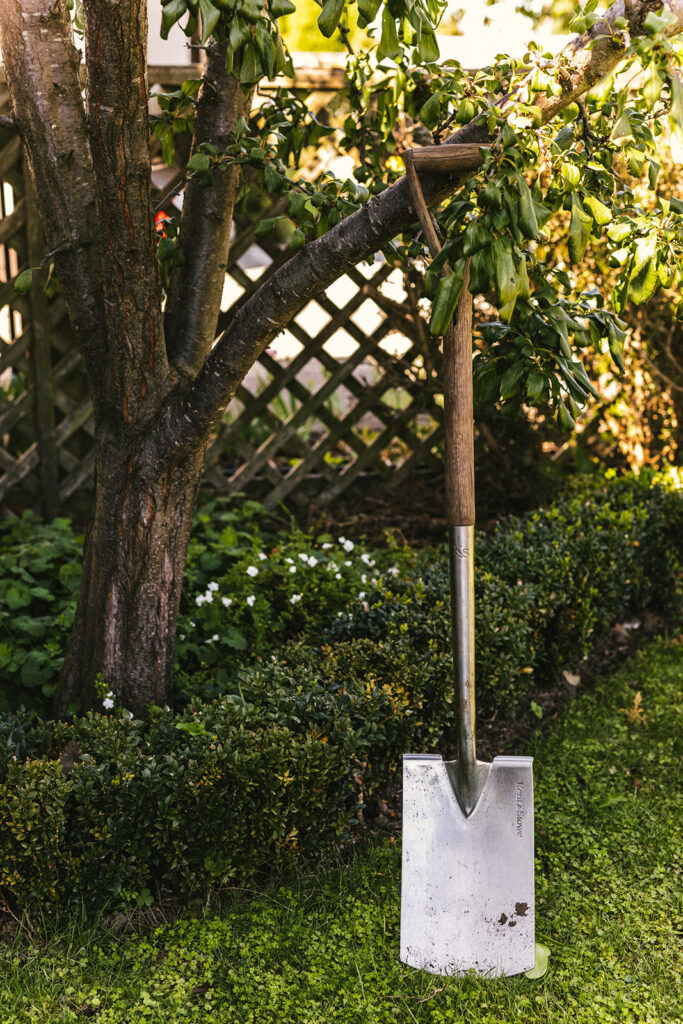
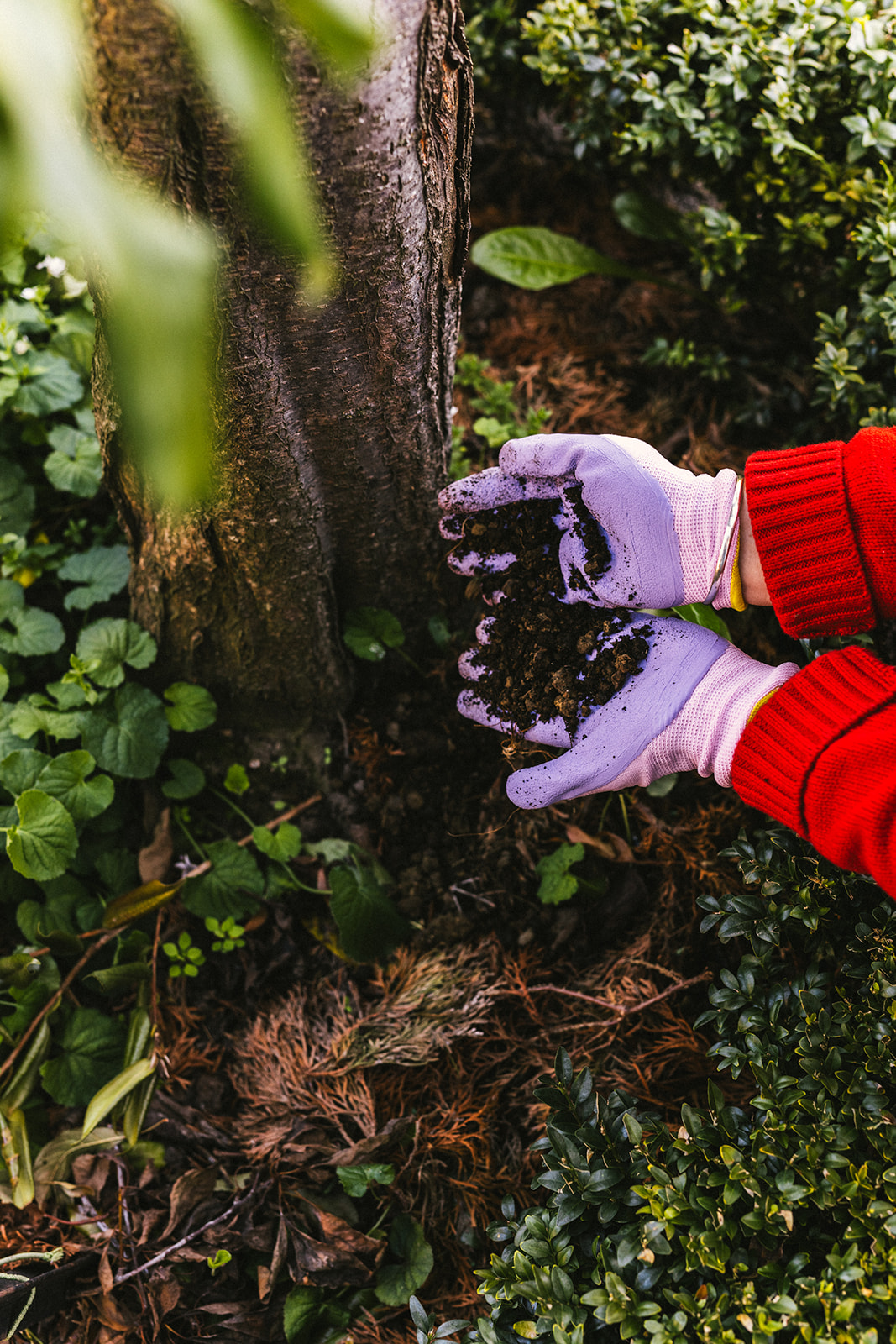
Mulching your fruit trees
Autumn’s falling leaves mark the perfect time to mulch your soil — so your fruit trees can keep doing what they do best: grow good stuff.
For young trees, stop weeds in their tracks by laying cardboard around the base, then covering with a thick layer of mulch. Woodchip is great, especially if it’s already starting to break down. For older trees, mulch (no cardboard needed) out to the dripline — that’s where the roots do most of the work.
And don’t forget your citrus — they’re gearing up to fruit. Do they need a drink? A layer of slightly rotted mulch?
Healthy roots = happy trees = better fruit. And if we’re picky about anything, it’s that.
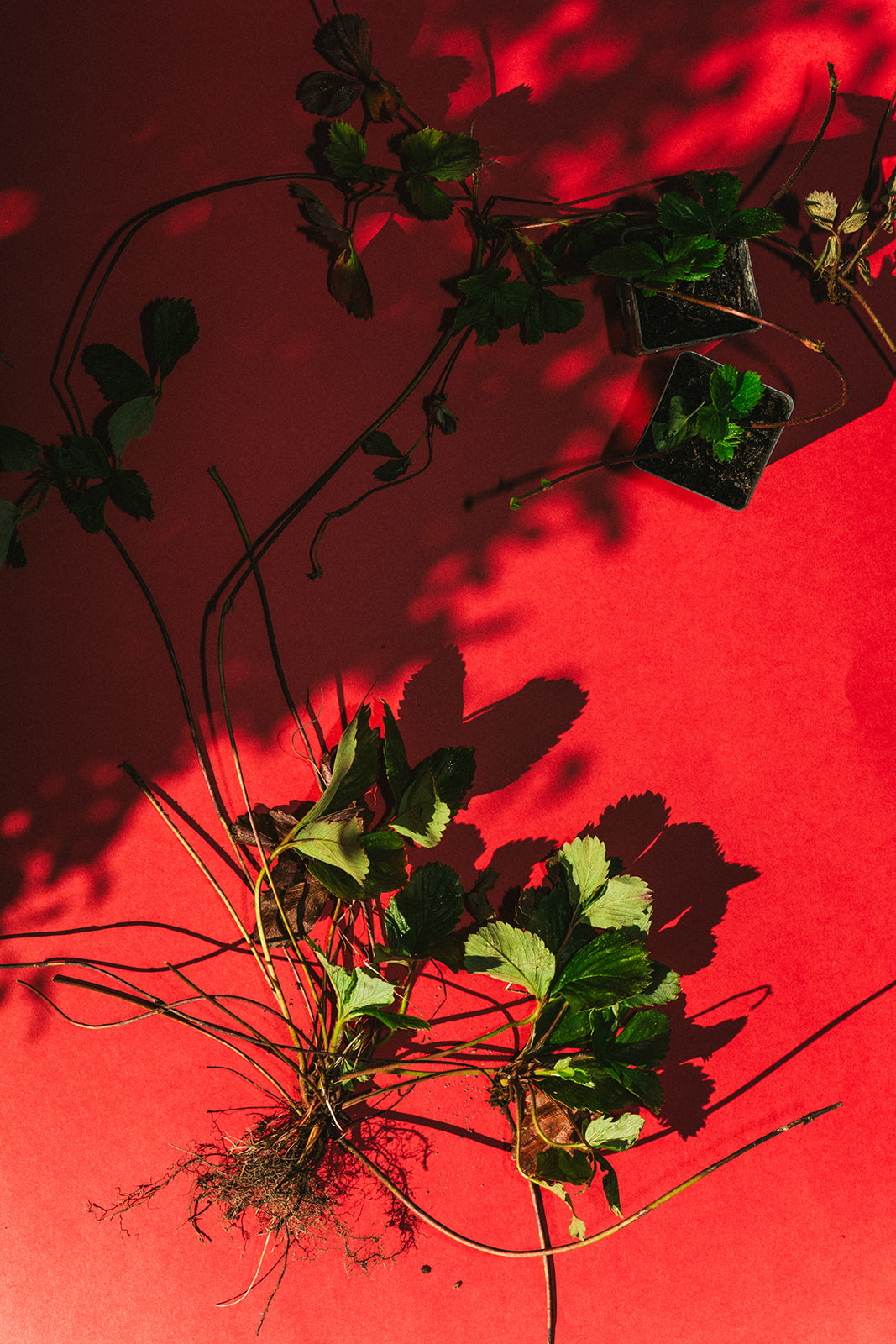
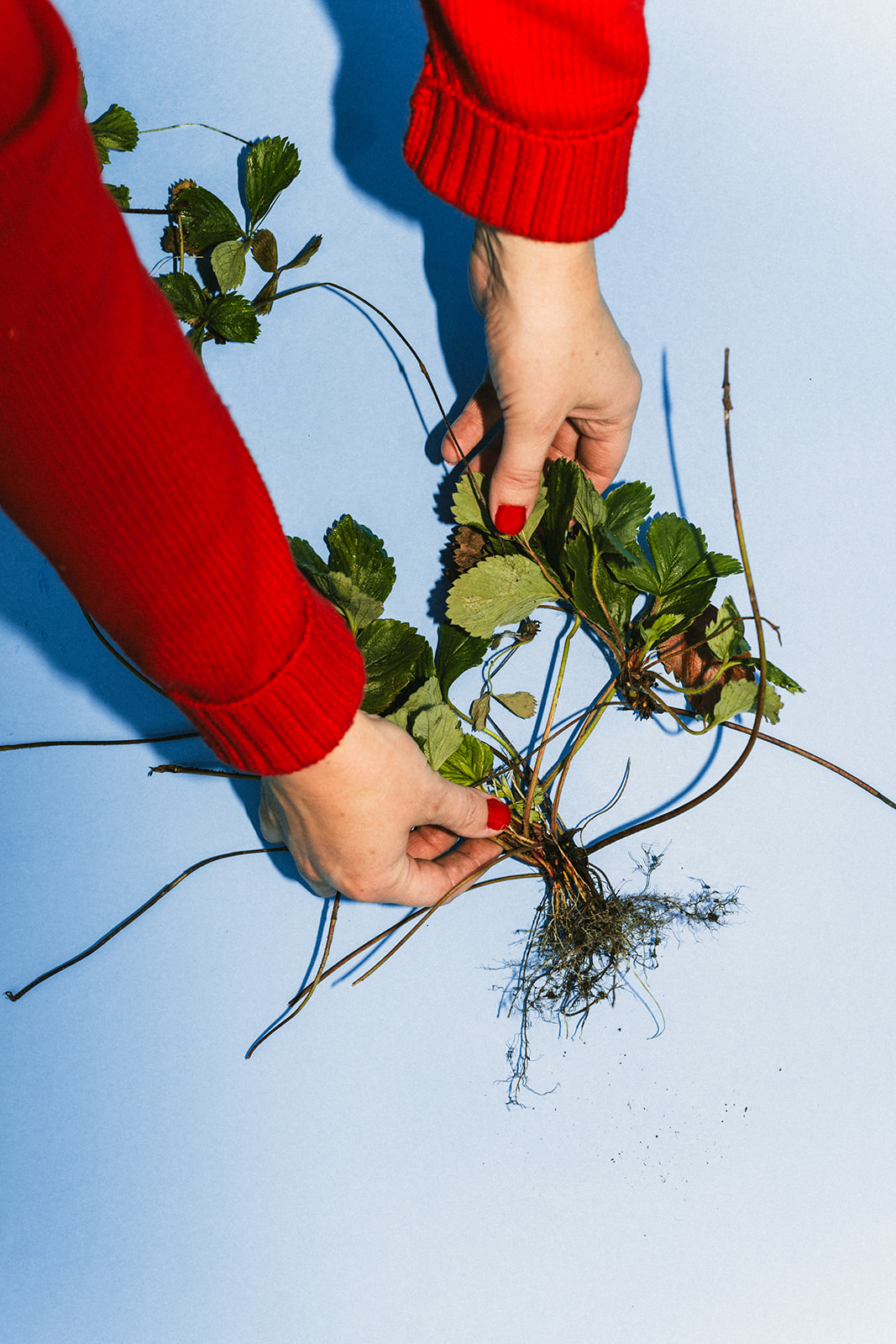
Growing strawberries from runners
Strawberries are generous little plants. After a few fruitful years, the older ones start to slow down — but the runners they send out? Those are next season’s superstars.
To grow new strawberry plants from runners (a.k.a baby strawberry plants) at this time of year, you’ve got two options:
Leave the runner attached
Pot up runners while they’re still connected to the parent plant.
Once they set roots (in a few weeks), snip the stem and plant them out in winter.
The snip-and-hope method
Clip a healthy runner and pot it straight into rich soil.
Keep it watered and it’ll usually settle in just fine.
—
Strawberries grow happily in garden beds, pots or hanging baskets. Wherever they go, give them compost-rich soil and a bit of mulch or straw.
Sun is key. So is watering. And so is knowing when to stop fussing. Strawberries don’t need much — just a little help finding their feet.
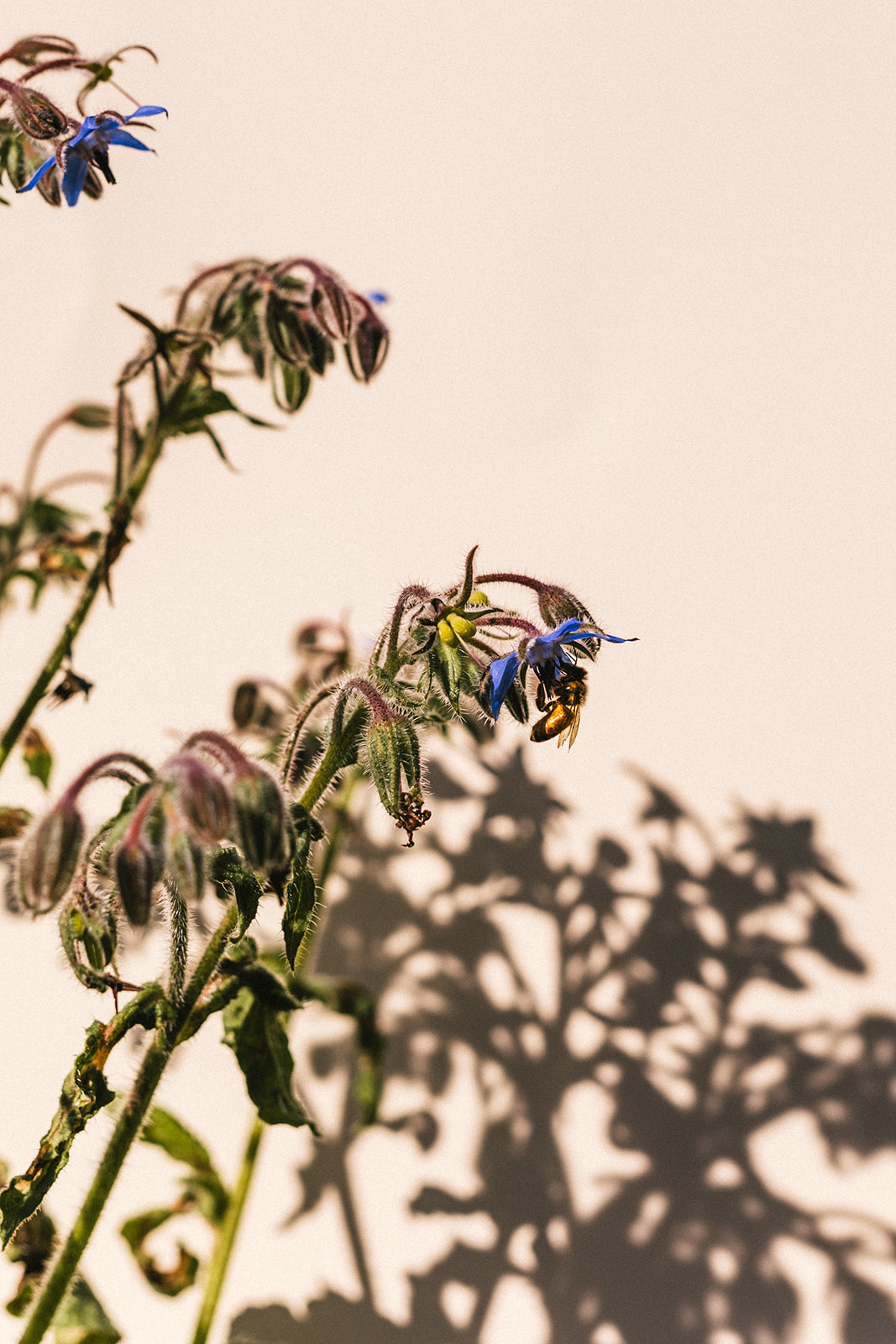
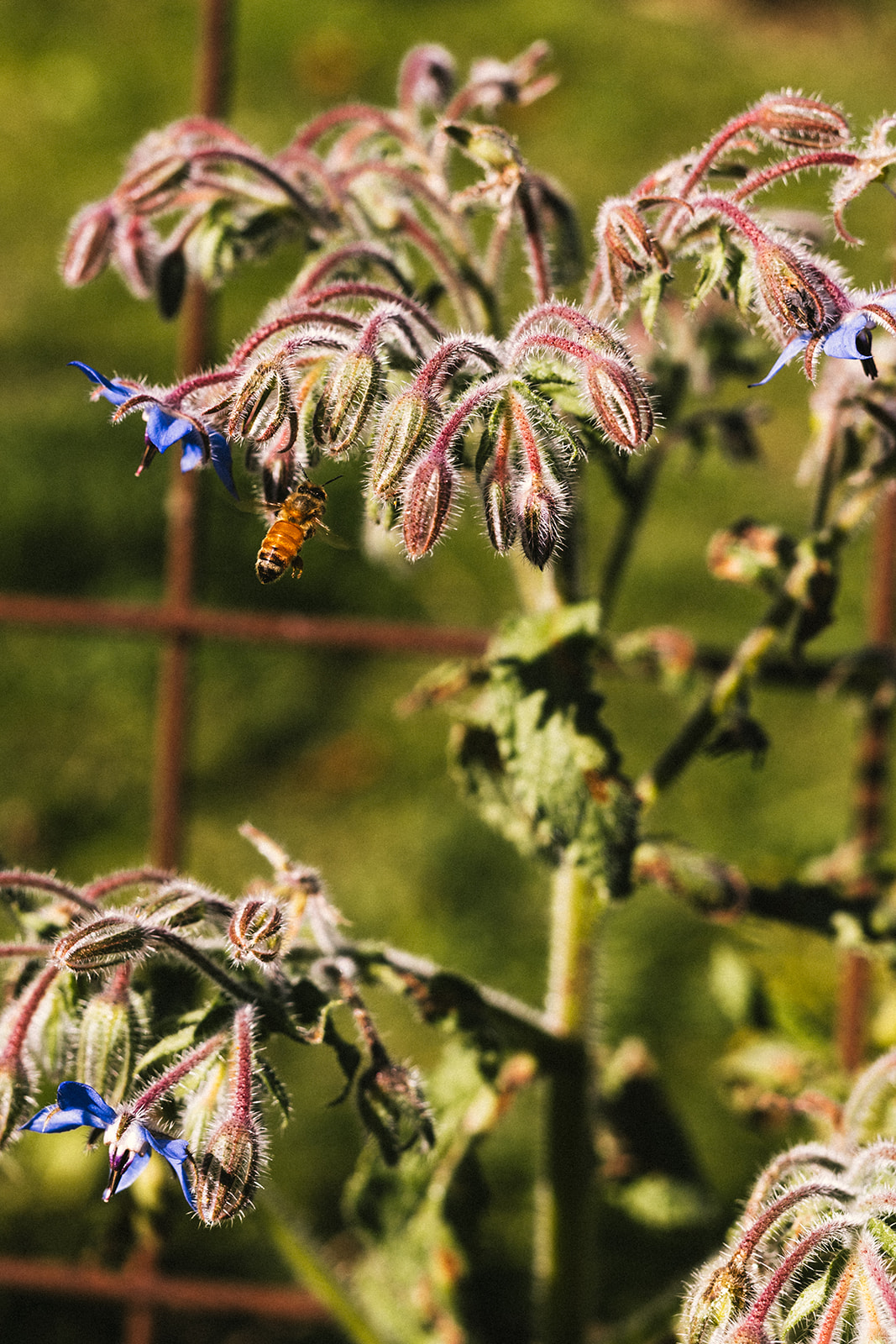
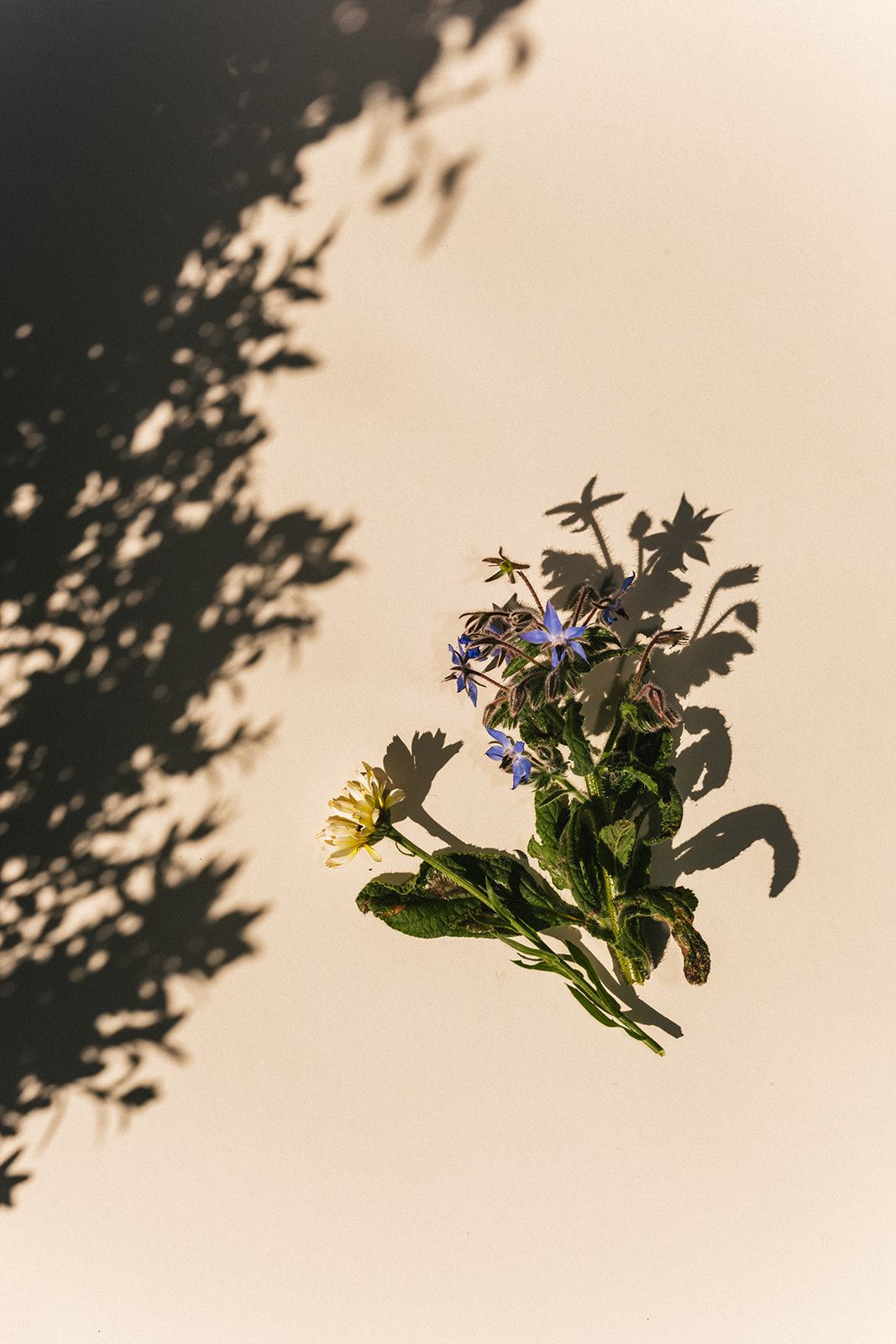
Supporting pollinators for winter
Bees don’t clock off entirely in autumn. Most retreat to their hives as the weather cools. But on sunny days, you’ll still spot a few out and about looking for food.
Now’s the time to plant herbs and flowers that keep your garden a go-to for pollinators through the slower months.
Try: Borage, calendula, lavender, pineapple sage, rosemary & mānuka
And while bees get most of the credit, they’re not the only ones doing the work.
Butterflies, flies, moths, birds — even lizards — all help keep your patch pollinated.
No pollinators, no fruit. No thanks.
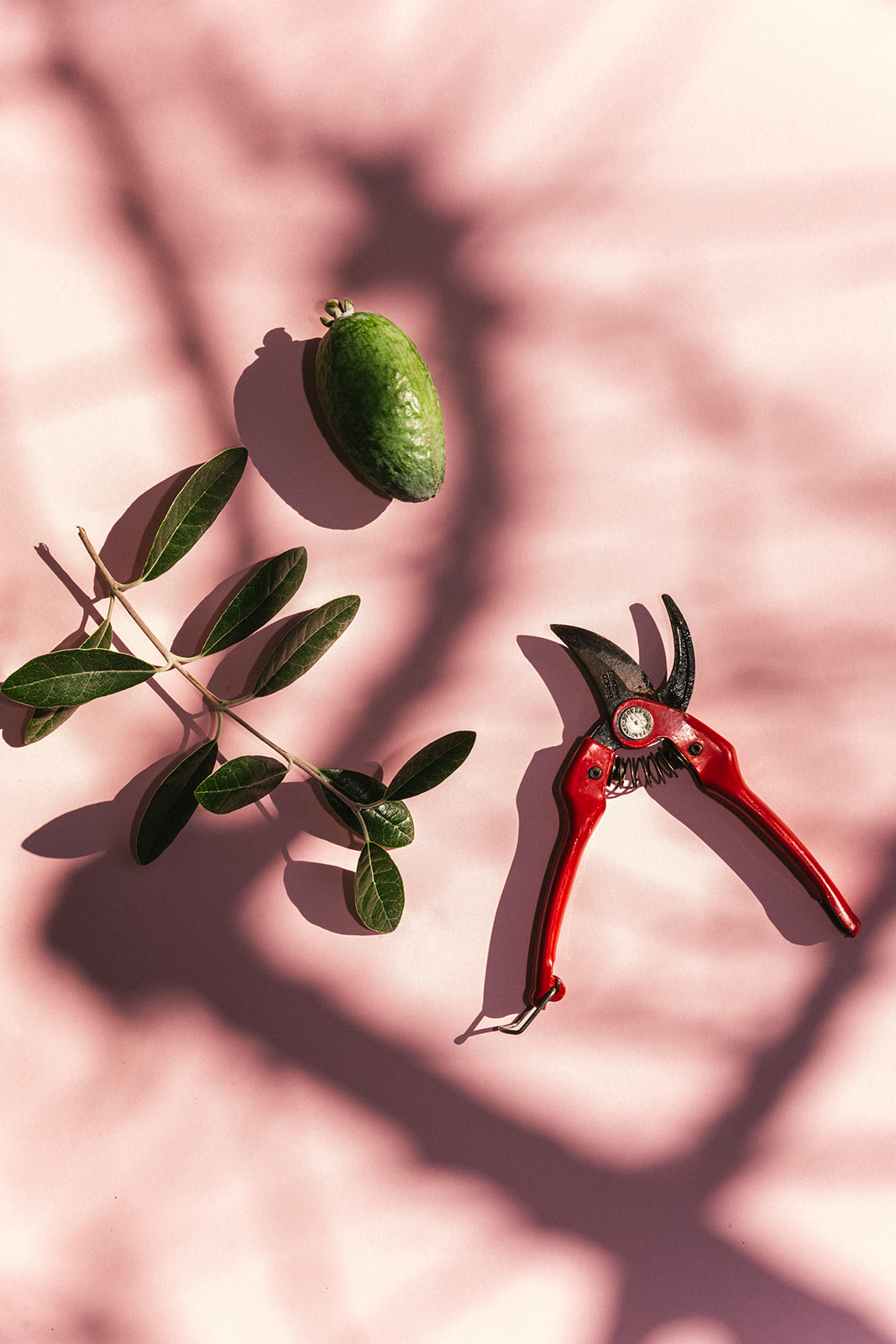
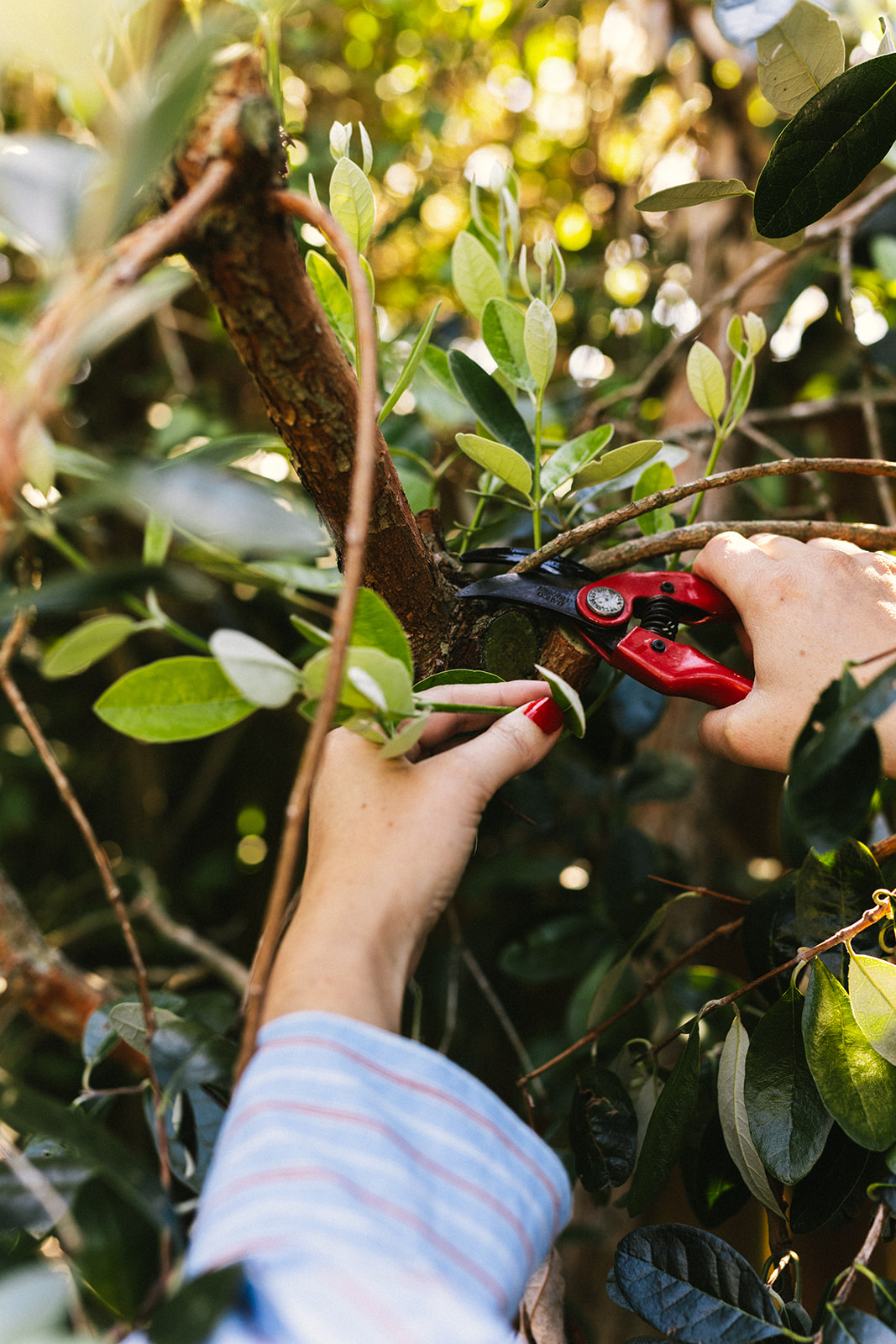
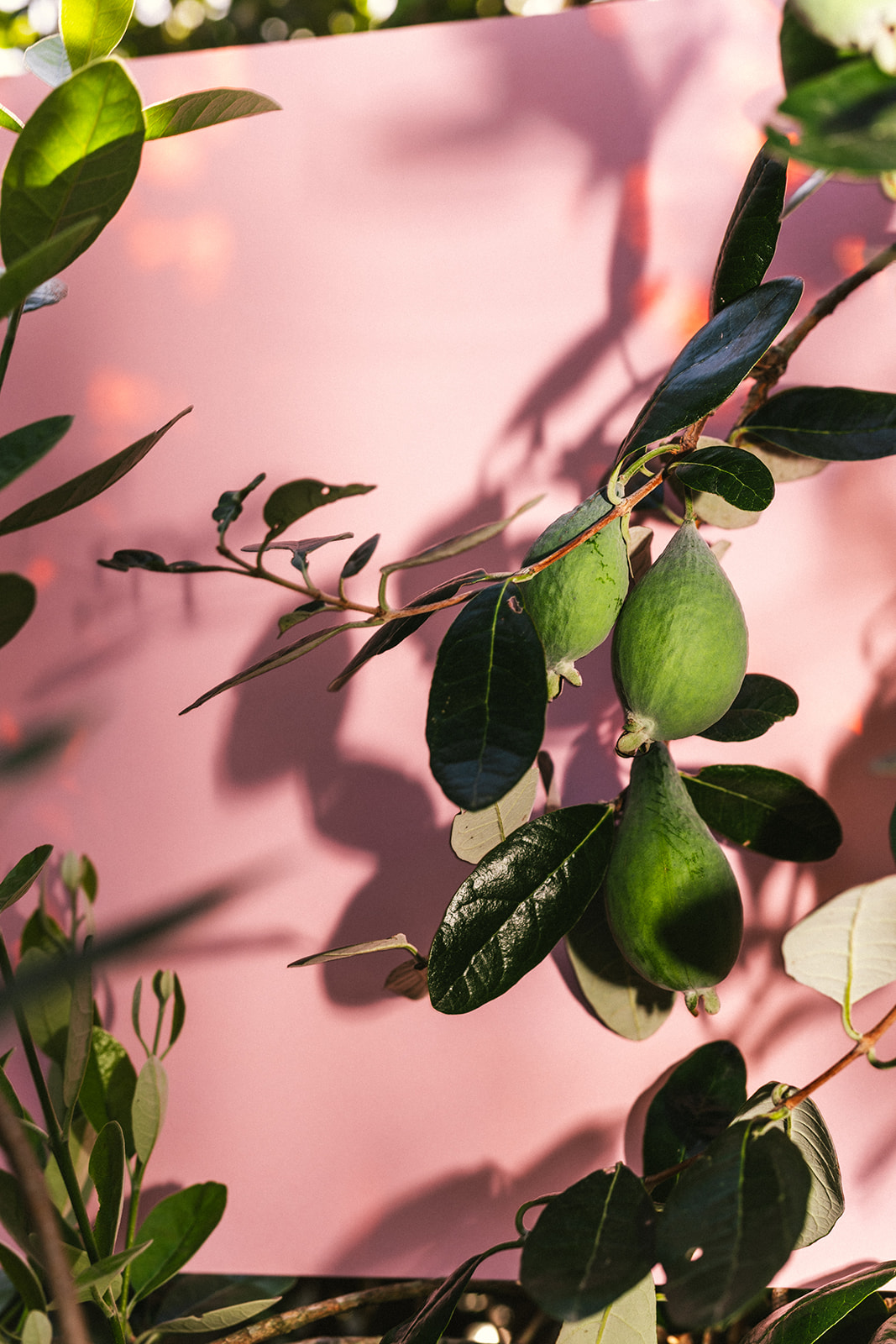
Pruning your feijoas
Feijoas are some of the best fruiters through autumn — and a little post-harvest TLC goes a long way. Once the last fruit drops, it’s time to give your tree a thoughtful tidy-up.
Here’s how to do it right:
Tidy it up
Remove any dead, damaged or crossing branches. This clears space, improves airflow and lets more sun into the canopy — all crucial things for healthy growth.
Open it up
Aim for a tree you can see through. More light means better fruit. And more space means easier access for pollinators and less chance of disease.
Thin, don’t hack
Stick to thinning cuts to encourage new growth — feijoas fruit on fresh wood.
Don’t overdo it
Never take more than a third of the canopy. Hot tip: stack your prunings as you go to keep track of how much you’ve taken off.
—
A well-pruned feijoa tree isn’t just tidy — it’s productive. And that’s what we’re picky about.
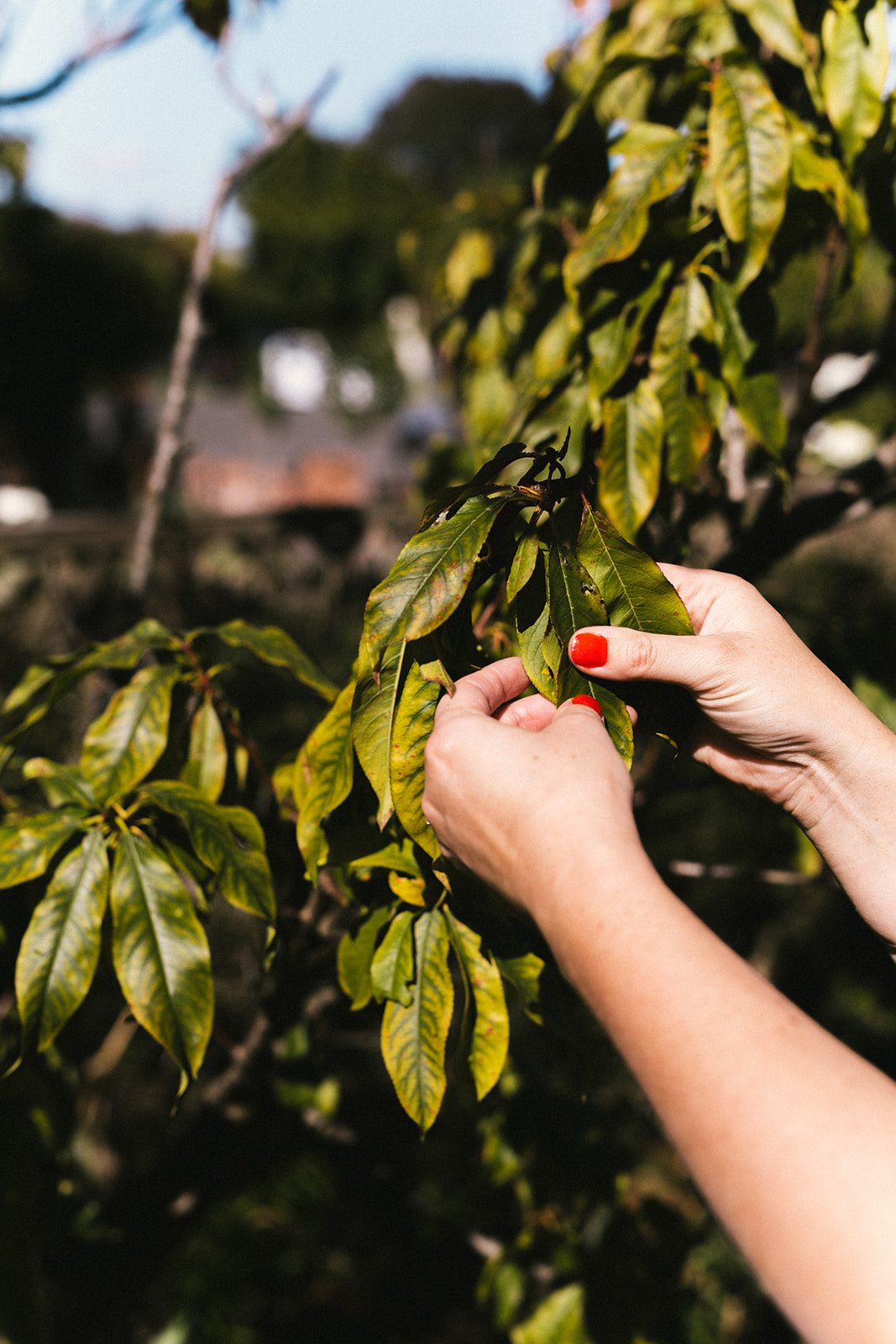
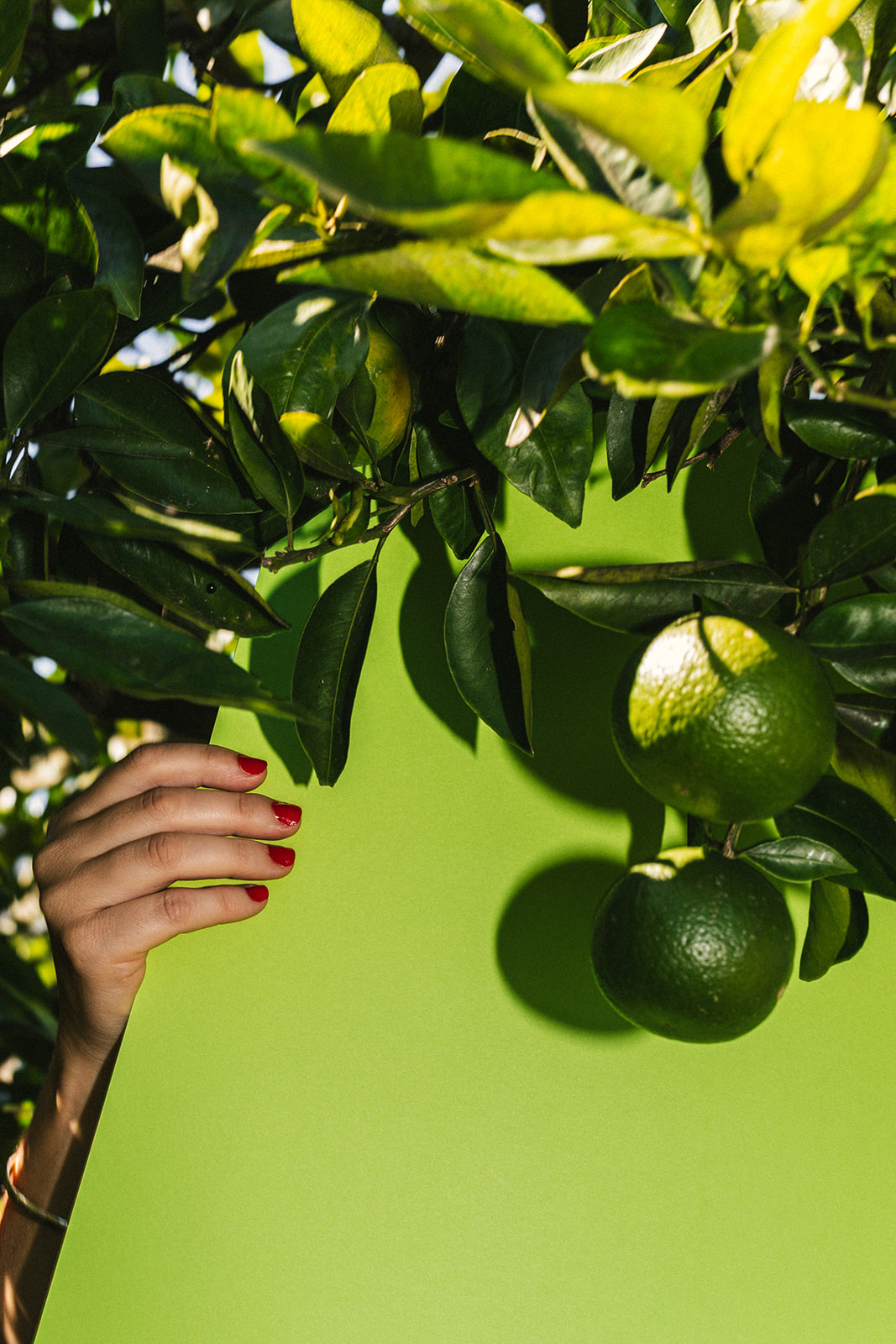
Checking over your fruit trees
Now’s a good time for a quick fruit tree check — a once-over to catch small problems before they turn into big ones.
Here’s your hit list:
Bark & branches
Look for scale or tree borer (especially on citrus). If you spot scale, squash small infestations by hand or spray with neem or an oil-based spray. While you’re there, prune any dead or damaged wood.These quick checks and tweaks take minutes now, and save headaches later.
Leaves
If fungal infections were an issue over summer, now’s the time to spray deciduous trees with copper. It’s a strong short-term fix — great for knocking back disease, but it’ll hit the good fungi too, so use with care.
Stakes & ties
Wobbly stake? Rubbing tie? Adjust or remove. If the tree’s well-rooted, let it go solo — unstaked trees will grow stronger.
Roots
Exposed roots? Time to top up with a woody mulch to lock in moisture and feed soil life. Keep mulch clear of the trunk.
—
These quick checks and tweaks take minutes now, and can save you a whole lot of hassle next season.



